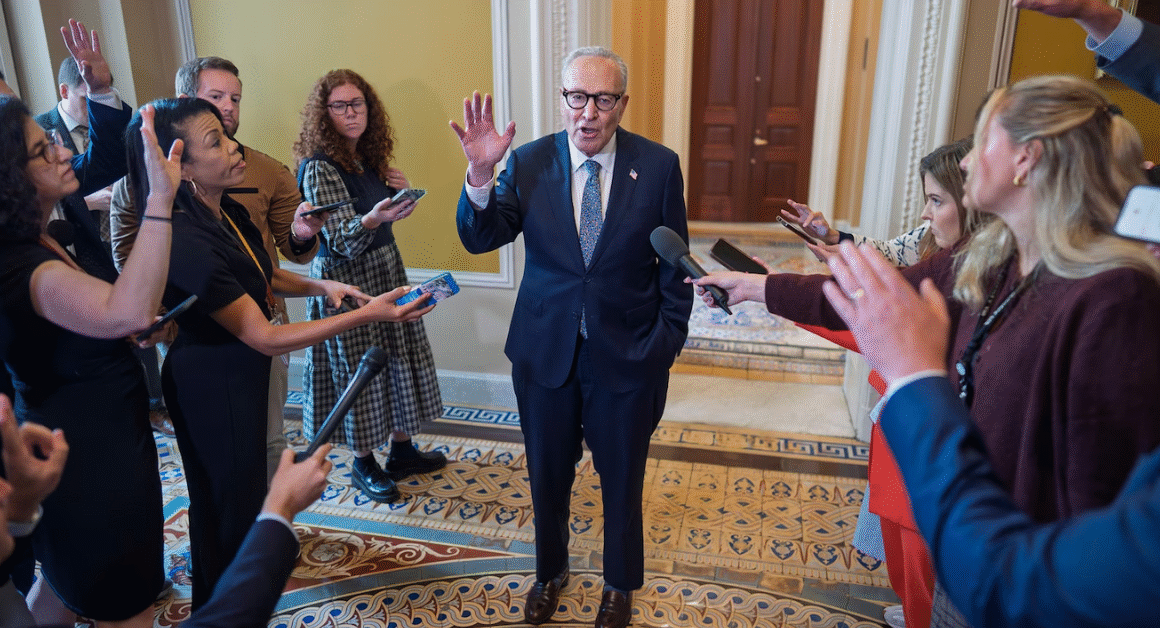Federally Qualified Health Centers (FQHCs) and Rural Health Clinics (RHCs) have played a vital role in delivering healthcare to underserved communities, especially during the rise of telehealth services. Telehealth became a lifesaver during the COVID-19 pandemic by allowing patients to consult healthcare providers remotely. Currently, FQHCs and RHCs benefit from a special “distant site” status for telehealth, which means they get reimbursed for providing non-behavioral health services through virtual visits.
However, this important status might soon be lost if new legislation is not passed soon. Losing distant site status could cause many clinics to reduce telehealth services, affecting access to care for millions of people in rural and low-income areas. This article explains what this means and why passing new laws is crucial for keeping telehealth accessible in these communities.
What is Distant Site Status for Telehealth?
Distant site status allows specific healthcare providers, like FQHCs and RHCs, to offer telehealth services and get reimbursed by Medicare and Medicaid as if the care was provided in person. This is important because it encourages clinics to use technology to reach patients who live far from health facilities or cannot travel easily. The status covers various medical services except some behavioral health visits.
During the pandemic, changes were made to expand this status temporarily to improve access. But these changes are set to expire unless Congress passes new laws. Without the distant site status, telehealth services might become financially unsustainable for many clinics, leading to less care availability for people who need it most.
Why FQHCs & RHCs May Lose This Status
The current expanded distant site status was created as part of emergency rules during COVID-19. The Centers for Medicare and Medicaid Services (CMS) clarified that without new legislation, these clinics will no longer be able to bill for telehealth visits that are not related to behavioral health starting soon. This means FQHCs and RHCs will lose reimbursement for many telehealth services, making it harder for them to keep offering virtual care.
This potential change is worrying because many rural and low-income patients rely on these clinics for affordable healthcare. Telehealth saves time, money, and travel, especially when clinics are far from patients’ homes. Losing this funding could force clinics to reduce telehealth, harming patients who depend on these services.
The Importance of New Legislation
To avoid this problem, lawmakers need to pass new legislation that makes distant site status permanent or at least extends it beyond the current expiration. Several bills are under discussion in the US Congress to address this issue. These bills aim to recognize telehealth as a permanent way to increase healthcare access, especially in rural and underserved areas.
According to the National Association of Community Health Centers (NACHC), permanent telehealth policies for FQHCs and RHCs are key to improving health equity and supporting vulnerable populations. The option to offer telehealth without losing reimbursement helps clinics expand care options and meet patient needs more effectively (NACHC Telehealth Policy).
Impact on Healthcare Access in Rural Areas
Rural areas already face challenges like provider shortages, transportation issues, and fewer healthcare facilities. Telehealth helped reduce these barriers during the pandemic by connecting patients to doctors remotely. Without distant site status, many clinics might cut back on telehealth, increasing these long-standing gaps in care.
Studies from the Rural Health Information Hub show that telehealth improves management of chronic diseases and mental health services in rural communities. Ending reimbursement for non-behavioral telehealth services could reverse this progress and affect millions of patients who rely on FQHCs and RHCs (Rural Health Info Hub on Telehealth).
What Can Patients and Providers Do?
Patients and healthcare providers aligned with rural and community clinics should advocate for permanent telehealth support. This can include contacting local lawmakers, supporting healthcare organizations lobbying for this change, and spreading awareness about the importance of telehealth policies. Staying informed and involved helps ensure that the voices of underserved communities are heard in Washington.
Providers can also prepare by exploring other potential funding options and adapting services if changes do come into effect. But ultimately, sustained government support through clear legislation will be the best way to secure ongoing telehealth access for FQHCs and RHCs.
Conclusion
The telehealth “distant site” status for FQHCs and RHCs has greatly helped improve health access during challenging times. Losing this status for non-behavioral services would cause significant setbacks for rural and underserved populations. Passing new laws to make these telehealth rules permanent is critical to ensure continued care for millions of people across the United States.
Keeping telehealth alive in community clinics is not just healthcare innovation—it’s about equity, access, and health justice. To learn more about ongoing legislative efforts, visit Health Affairs and stay informed on how telehealth policies are evolving.













